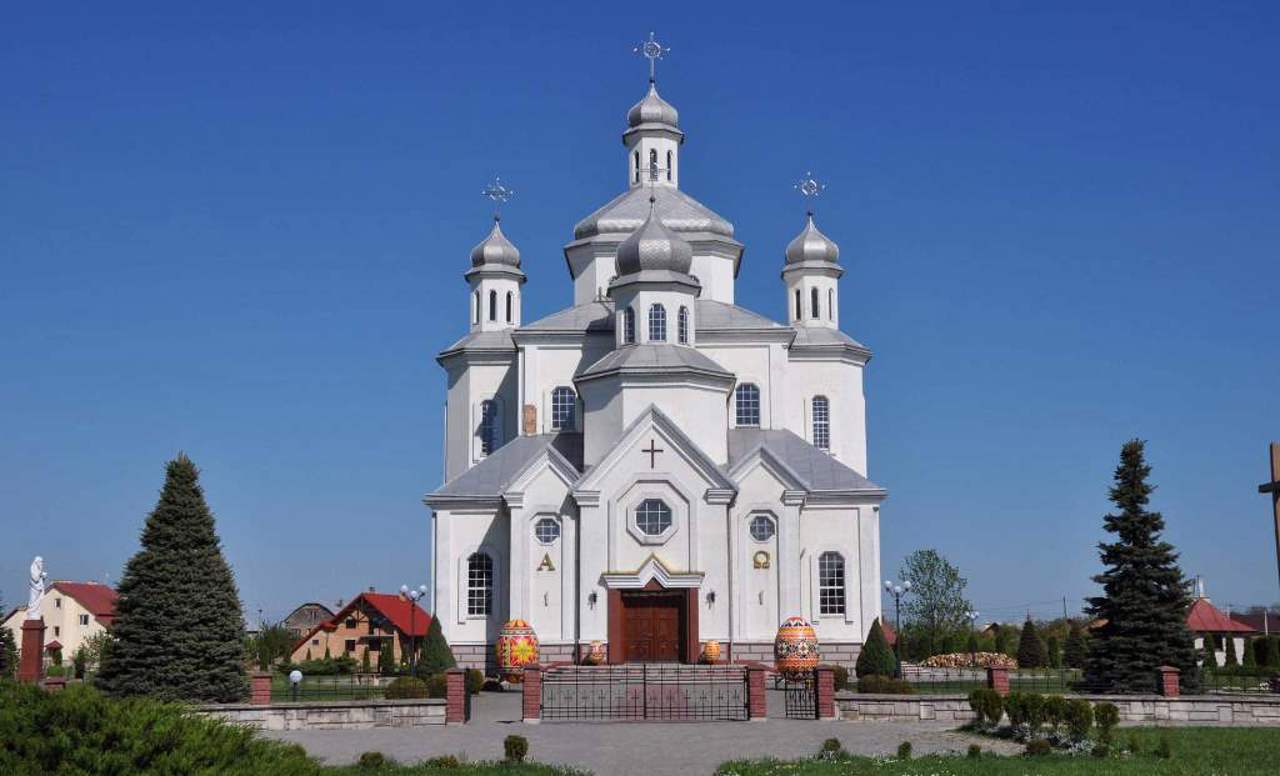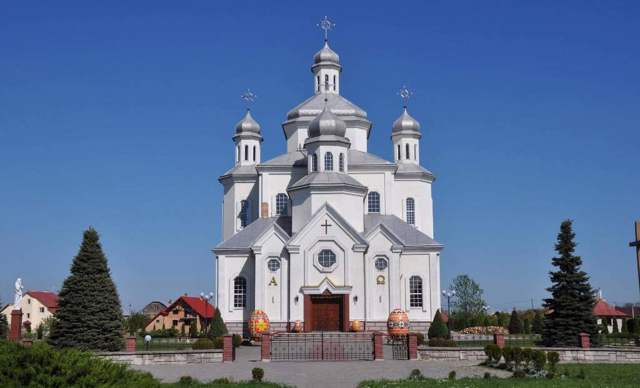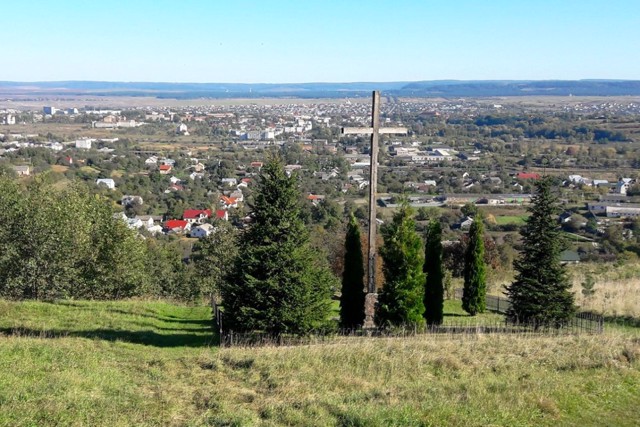Functional temporarily unavailable
General information about Voroniaky
The village of Voroniaky lies on the northern slope of the hilly ridge of Voroniaky in the northwest of the Podillya Upland, which is part of the Holohory-Kremenets ridge. It is located at the source of the Zolota Lypa River on the southern outskirts of Zolochiv, between Lviv and Ternopil.
The village of Voroniaky was first mentioned in written sources in 1680. The name probably comes from the mountain range on which the village is located, although there are also alternative folk legends. According to local historians, the first settlers were Tatar prisoners of war, whom King Yan III Sobesky settled on free lands south of Zolochiv. It was with their hands that the Zolochiv Castle was built.
At the beginning of the 18th century, horticulture and pottery spread in the village ...
The village of Voroniaky lies on the northern slope of the hilly ridge of Voroniaky in the northwest of the Podillya Upland, which is part of the Holohory-Kremenets ridge. It is located at the source of the Zolota Lypa River on the southern outskirts of Zolochiv, between Lviv and Ternopil.
The village of Voroniaky was first mentioned in written sources in 1680. The name probably comes from the mountain range on which the village is located, although there are also alternative folk legends. According to local historians, the first settlers were Tatar prisoners of war, whom King Yan III Sobesky settled on free lands south of Zolochiv. It was with their hands that the Zolochiv Castle was built.
At the beginning of the 18th century, horticulture and pottery spread in the village, but until the middle of the 20th century it remained a poor suburb of Zolochiv, without a school, club, library, or medical institution. During the Second World War, units of the UPA actively operated in the vicinity of the village.
In 1992-1998, the magnificent Church of the Holy Myrrh-Bearing Women was built in the village, which is considered one of the best architecturally new churches in the Lviv region.
Село Вороняки лежить на північному схилі горбогірного пасма Вороняки на північному заході Подільської височини, що є частиною Гологоро-Кременецького кряжа. Розташоване поблизу витоків річки Золота Липа на південній околиці Золочева, між Львовом і Тернополем.
Вперше село Вороняки згадується у письмових джерелах у 1680 році. Назва найімовірніше походить від гірського пасма, на якому село розташоване, хоча існують і альтернативні народні легенди. За даними краєзнавців, першими поселенцями були військовополонені татари, якими король Ян ІІІ Собеський заселяв вільні землі на південь від Золочева. Саме їхніми руками будувався Золочівський замок.
На початку ХVІІІ століття в селі поширилося садівництво і гончарське ремесло, але до середини XX століття воно залишалося бідним передміст ...
Село Вороняки лежить на північному схилі горбогірного пасма Вороняки на північному заході Подільської височини, що є частиною Гологоро-Кременецького кряжа. Розташоване поблизу витоків річки Золота Липа на південній околиці Золочева, між Львовом і Тернополем.
Вперше село Вороняки згадується у письмових джерелах у 1680 році. Назва найімовірніше походить від гірського пасма, на якому село розташоване, хоча існують і альтернативні народні легенди. За даними краєзнавців, першими поселенцями були військовополонені татари, якими король Ян ІІІ Собеський заселяв вільні землі на південь від Золочева. Саме їхніми руками будувався Золочівський замок.
На початку ХVІІІ століття в селі поширилося садівництво і гончарське ремесло, але до середини XX століття воно залишалося бідним передмістям Золочева, не маючі ні школи, ні клубу, ні бібліотеки, ні медичних закладів. У роки Другої світової війни в околицях села активно діяли підрозділи УПА.
В 1992-1998 роках у селі була збудована велична церква Церква святих жінок-мироносиць, яка вважається однією з найкращих в архітектурному плані нових церков Львівської області.
Сплануй своє перебування у Voroniaky
What to see and where to go in Voroniaky
Tourist attractions and museums of Voroniaky

UPA Kryivka-Museum
Museum / gallery , Monument
The UPA Kryivka-Museum in Zolochiv region was created in 2021 in the Zhelyasko tract southwest of the village of Voroniaky, on the territory of the Northern Podillya National Nature Park. It is located at the place of death and burial of UPA centurion Bohdan Zakharkiv.
The museum is a reconstruction of a typical rebel hideout used by UPA fighters in the middle of the 20th century to hide from the NKVD. The hideout recreates the environment in which the rebels lived: furniture, household items, elements of weapons and military equipment.
A memorial cross has been installed on the grave of Bohdan Zakharkiv. Several sculptural compositions of a sacred and patriotic nature have been installed nearby, and a recreation area has been arranged. Celebrations are held here on the occasion of celebrating Christian and national holidays, in which residents of the village of Voroniaky and guests from neighboring settlements take part.
Voroniaky on photo and video
Voroniaky in news and blogs
Reviews Voroniaky
Geographical information about Voroniaky
| {{itemKey}} | {{itemValue}} |
|---|---|
| Region |
Lviv |





